A galaxy is a system of stars connected by the force of gravity. Scientists estimate that there are about 200 billion galaxies in the observable universe. The galaxy we know the best is the Milky Way, which consists of between 200 and 400 billion stars, including our own Sun. The Andromeda Galaxy and the Magellanic Clouds are galaxies close to the Milky Way that can be seen with the naked eye. All other galaxies are too far away to be seen without a telescope.
There are many criteria for the classification of galaxies but they are most commonly classified based on shape: elliptical, spiral or irregular. In elliptical galaxies, the positioning of the stars creates a vaguely spherical shape. Elliptical galaxies are usually composed of very old stars. As the name suggests, in spiral galaxies the stars form a sort of spiral. The Milky Way is a spiral galaxy. The stars in spiral galaxies appear immobile because of the enormous distances separating them from us. In reality, they are slowly and constantly moving, rotating around a point called the galactic center. It is thought that this could be a gigantic black hole – an object of immense gravity – surrounded by a handful of very old stars. Stars further away from the galactic center, on the other hand, have formed more recently.
Lastly, there are the irregular galaxies, which lack a precise shape. The word galaxy has the same etymology as the name Milky Way. Galaxy comes from the Greek galaxìas kyklos, milky circle. According to Greek mythology, the stars in the Milky Way were formed from drops of milk that fell from the goddess Hera’s breast. The philosopher Immanuel Kant [1724-1804] was the first to correctly describe the structure of the Milky Way and postulate the existence of other galaxies. Kant’s hypotheses were definitively confirmed by the observations of the astronomer Edwin Hubble [1889-1953]. Today, we know of the existence of hundreds of billions of galaxies. Many of them contain stars similar to our own sun, and also have orbiting planets. Some of these planets may be similar to Earth, and may be inhabited. In other words, it is possible that other life forms exist elsewhere in the universe.
There are many criteria for the classification of galaxies but they are most commonly classified based on shape: elliptical, spiral or irregular. In elliptical galaxies, the positioning of the stars creates a vaguely spherical shape. Elliptical galaxies are usually composed of very old stars. As the name suggests, in spiral galaxies the stars form a sort of spiral. The Milky Way is a spiral galaxy. The stars in spiral galaxies appear immobile because of the enormous distances separating them from us. In reality, they are slowly and constantly moving, rotating around a point called the galactic center. It is thought that this could be a gigantic black hole – an object of immense gravity – surrounded by a handful of very old stars. Stars further away from the galactic center, on the other hand, have formed more recently.
Lastly, there are the irregular galaxies, which lack a precise shape. The word galaxy has the same etymology as the name Milky Way. Galaxy comes from the Greek galaxìas kyklos, milky circle. According to Greek mythology, the stars in the Milky Way were formed from drops of milk that fell from the goddess Hera’s breast. The philosopher Immanuel Kant [1724-1804] was the first to correctly describe the structure of the Milky Way and postulate the existence of other galaxies. Kant’s hypotheses were definitively confirmed by the observations of the astronomer Edwin Hubble [1889-1953]. Today, we know of the existence of hundreds of billions of galaxies. Many of them contain stars similar to our own sun, and also have orbiting planets. Some of these planets may be similar to Earth, and may be inhabited. In other words, it is possible that other life forms exist elsewhere in the universe.
RELATED
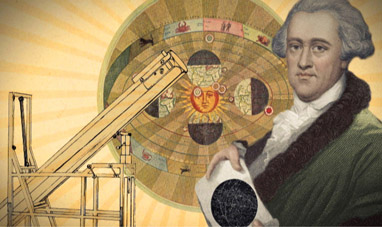

WILHELM HERSCHEL
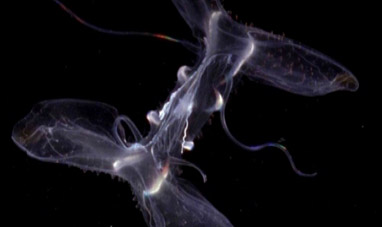

JELLY FISH


CARNIVOROUS PLANTS
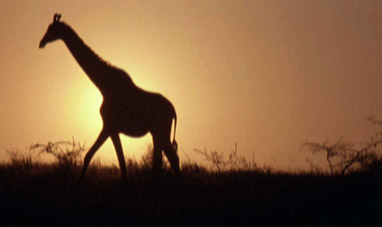

GIRAFFE


PARROTT


THE OCTOPUS


THE DIGESTIVE SYSTEM


RIVERS


NATURAL GAS (METHANE)


BOA


WHEAT


DOLPHIN
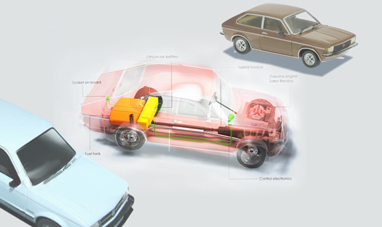

HYBRID VEHICLE
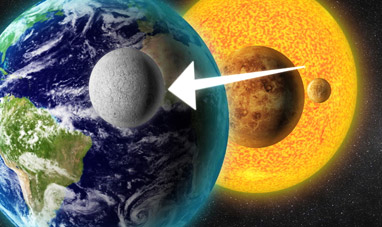

THE MOON
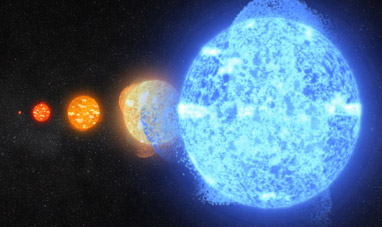

STARS
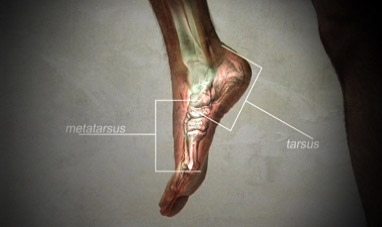

THE FEET


FACEBOOK
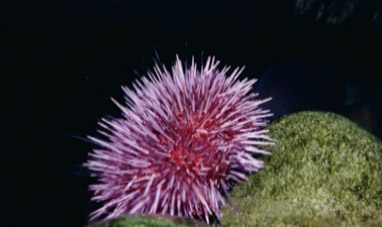

SEA URCHIN


SCORPION


CATERPILLAR


FLY
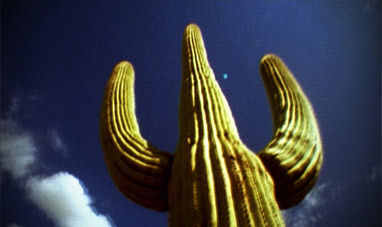

CACTUS
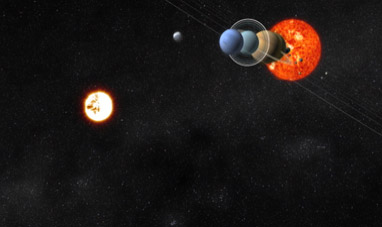

ERIS
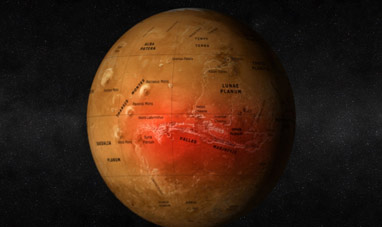

MARS
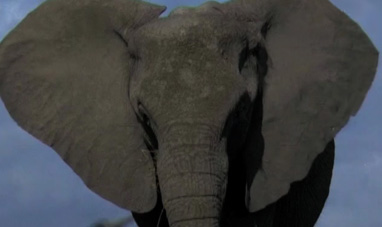

ELEPHANT
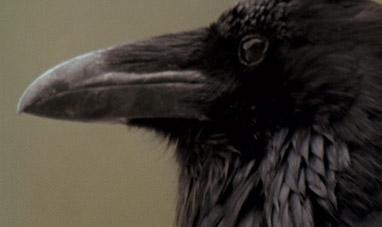

RAVEN
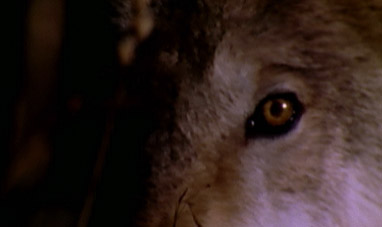

WOLF


DOG
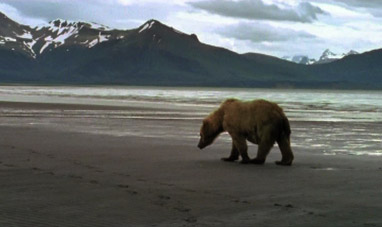

BEAR
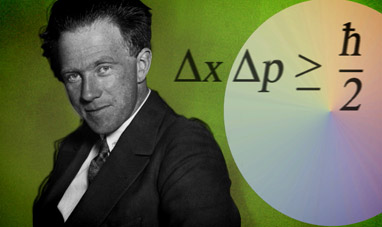

THE HEISENBERG PRINCIPLE


THE NERVOUS SYSTEM


TORTOISE


ANT


OIL


THE HEART
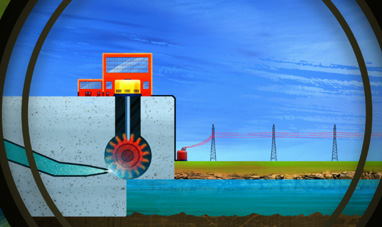

HYDROPOWER
